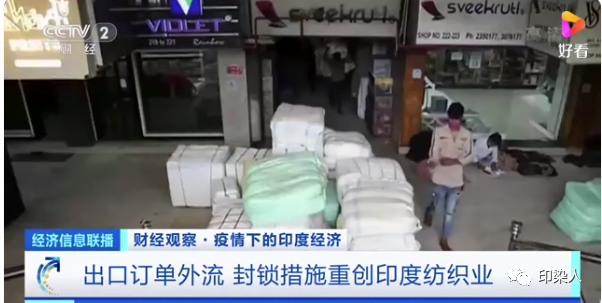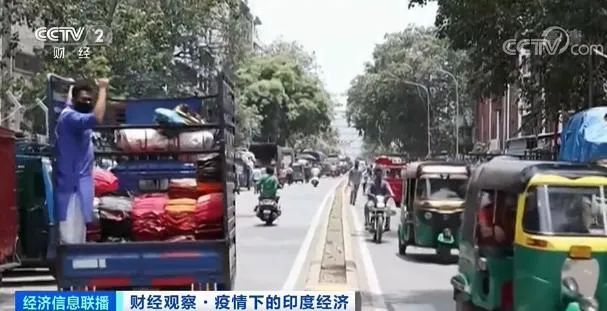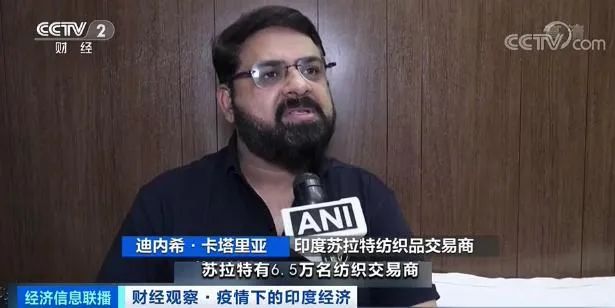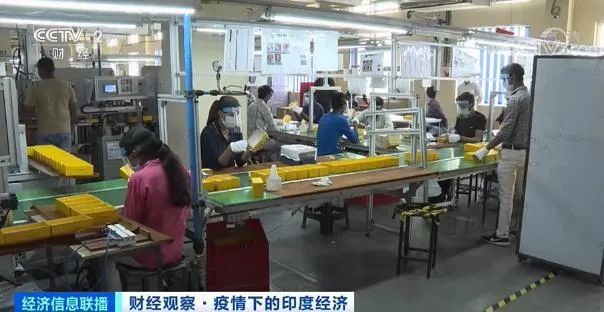
With the aggravation of the epidemic, a large number of textile orders have been cancelled, and the most ruthless trend of withdrawing and discarding the orders in history has been welcomed
According to CCTV on May 28, Indian garment export industry insiders said that affected by the blockade measures during the epidemic period, the export of Indian garment industry shrank seriously, and the export of Indian garment industry will decrease by 24% in 2020. In the new round of the epidemic, due to the workers can not come to the post, India's related enterprises lost a large number of clothing export contracts.
The epidemic continues to worsen, and many industries in India are impacted
 The rapid spread of the epidemic has made India's medical system unbearable. The images of people burning corpses in parks, Ganges River and streets are shocking. At present, more than half of the local governments in India have chosen to "close cities", production and life have been suspended, and many pillar industries in India are also facing serious impact.
The rapid spread of the epidemic has made India's medical system unbearable. The images of people burning corpses in parks, Ganges River and streets are shocking. At present, more than half of the local governments in India have chosen to "close cities", production and life have been suspended, and many pillar industries in India are also facing serious impact.
 Surat is located in Gujarat, India. Most people in Surat work in textile industry. The epidemic is raging, and India has implemented blockade measures to varying degrees. Some Surat textile dealers said that their business has almost decreased by 90%.
Surat is located in Gujarat, India. Most people in Surat work in textile industry. The epidemic is raging, and India has implemented blockade measures to varying degrees. Some Surat textile dealers said that their business has almost decreased by 90%.

Dinahi cartaria, India's Surat textile dealer: Surat has 65000 textile dealers, and if calculated on average, the Surat textile industry loses at least $48million a day.
Sulat's current situation is only a miniature of India's textile industry, and the textile industry in India is facing a rapid decline. The second outbreak of the epidemic, combined with the strong demand for clothing after the opening of overseas economic activities, a large number of European and American textile orders have been transferred.
From April to March, India's textile and clothing exports fell 12.99 percent from the previous year, from $33.85 billion to $29.45 billion. Among them, clothing exports fell by 20.8%, textile exports fell by 6.43%.

The export of stockings centers in ludiana, the northern Indian city of Punjab, has decreased by 35 per cent. Relevant data show that in Delhi and Bangalore, the clothing industry labor absence rate is as high as 50%. Industry insiders say that usually this time of the year is the peak of orders, but now buyers are more cautious.
India textile industry is hit by severe labor shortage
India textile industry plays an important role in the global textile industry, and is the second largest textile producer and the fifth largest garment trading country in the world. At present, the industry is facing many problems such as labor shortage and production activities stopping.

A stockmaking factory in Calcutta source: CNN
In Delhi and Bangalore, India's main garment manufacturing centers, absenteeism rates are as high as 50%, according to Wazir advisors, a consultancy. For many manufacturers that have just recovered from last year's epidemic, the life safety of workers has become a huge problem.
Narendra Sabu, President of Surat business association, said that from October 2020 to the first week of March this year, about 350-400 trucks will transport Surat textile packages to other parts of India every day. Each truck carries about 150 to 170 packages, worth 500000 rupees. After March 15 this year, the business volume gradually decreased. Because of the epidemic, only 70 trucks with textiles left Surat.
According to the Indian Express at the end of April, Ashok girawala, chairman of the Gujarat weavers Association (fogwa), said that the textile production in Surat city decreased by 22% compared with March 2021. Many workers chose to leave the port city of Surat for fear that the local epidemic blockade measures would restrict their freedom of travel. More workers are expected to leave in the next few days.
According to Wazir advisors, consumption and exports of India's domestic clothing industry fell by 30% and 24% respectively last year. For 2021, the head of Wazir advisors said it was difficult to predict at present because it was not sure when the epidemic would end.
Textile orders in Southeast Asia may return to China
In addition, in recent years, other Asian countries have also seen signs of warming. Asian countries such as Malaysia, Vietnam and Thailand are also suffering from COVID-19. According to the China Securities Journal, as the key production and manufacturing bases in the global market, the epidemic situation in these places continues to ferment, which will have an impact on the global supply chain. From the global textile and clothing evolution trend, the textile and clothing exports in Southeast Asia account for a relatively high proportion, and the epidemic may lead to the transfer of orders.
Since the beginning of this year, China's textile and clothing industry has maintained rapid growth. According to customs statistics, from January to April this year, China's textile and clothing exports reached 88.37 billion US dollars, up 32.8% year on year. Among them, textile exports reached US $43.96 billion, up 18% year on year; Clothing exports reached US $44.41 billion, up 51.7% year on year. In April, China's clothing exports reached 11.12 billion US dollars, up 65.2% year on year, and the growth rate of exports continued to rise by 22.9 percentage points compared with that of last month. Compared with the same period before the epidemic (April 2019), exports increased by 19.4%.
Tel:086-571-86189858
Email:info@colorfulhf.com

ADD.:Building 3, No. 488-1, Donghu North Road, Donghu street, Linping District, Hangzhou City, Zhejiang Province District, Hangzhou
TEL:+086-571-86189858
E-mail:info@colorfulhf.com
Add: Building 3, No. 488-1, Donghu North Road, Donghu street, Linping District, Hangzhou City, Zhejiang Province
Copyright © Hangzhou Colorful Home Textile Co., Ltd





